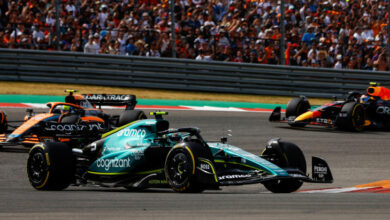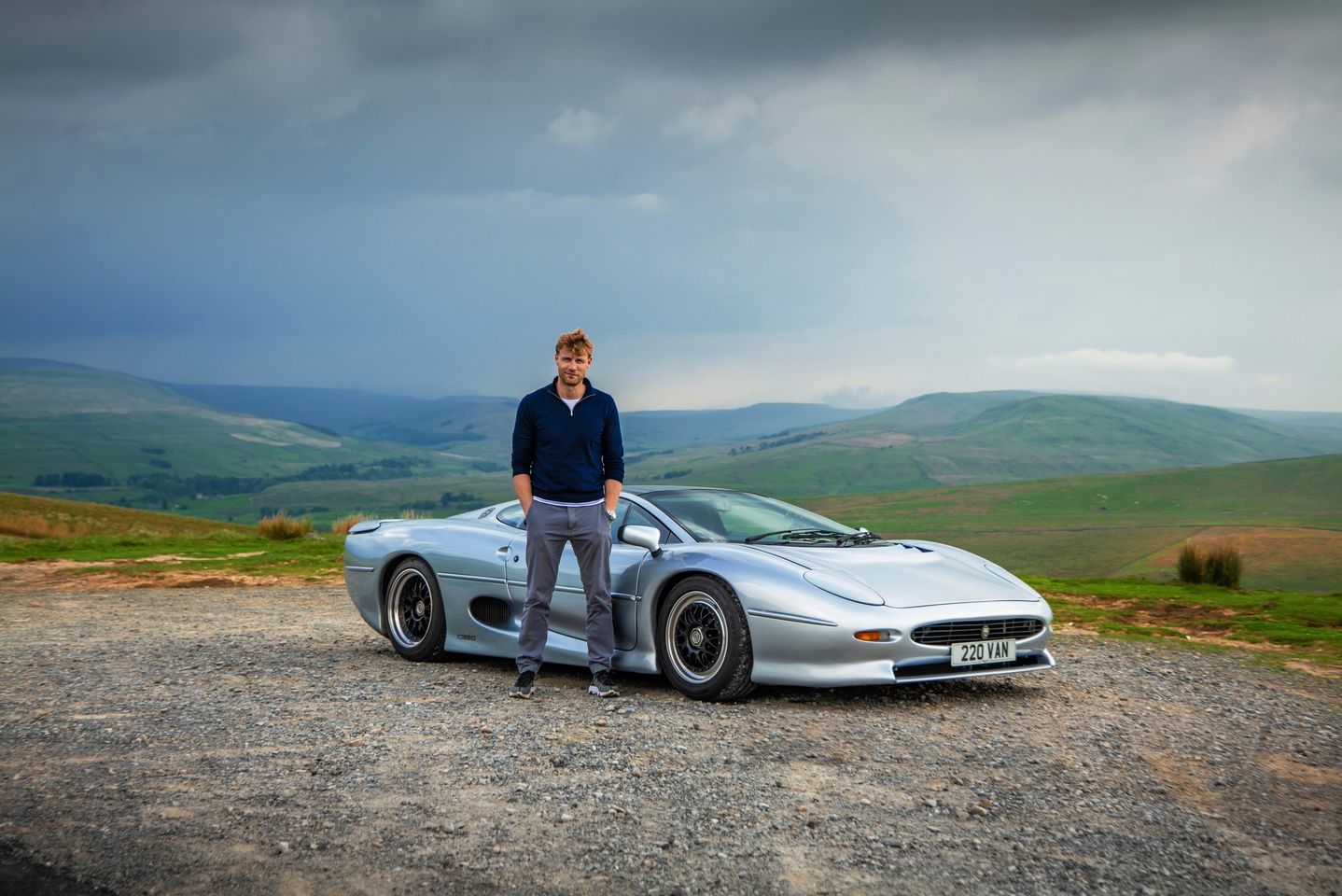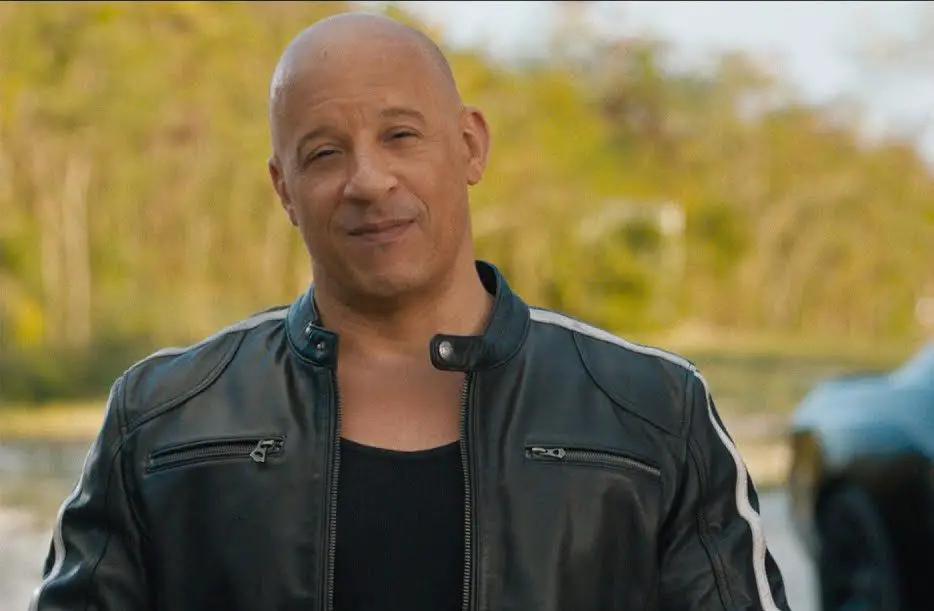Charles Leclerc’s Dutch GP Qualifying Crash: A Battle with a Difficult Car
Charles Leclerc, during the Dutch Grand Prix qualifying, faced a significant crash, citing his Ferrari as “extremely difficult to drive”. This incident has raised concerns for both the driver and his team, as the Monegasque had to tackle a challenging car throughout the weekend.
Key Takeaways:
- Leclerc’s Struggle with the Car: Charles Leclerc highlighted the difficulties he faced with his Ferrari, especially in Turns 1, 9, and 10. Despite changes made to the car, Leclerc experienced unpredictable understeer and oversteer, making the vehicle tough to control.
- Gearbox Concerns for Ferrari: The crash brought additional worries for Ferrari, as Leclerc’s car was equipped with its fourth gearbox of the season. With regulations allowing only four gearboxes per season, any damage could lead to penalties, impacting Leclerc’s position in the championship standings.
- Impact on Qualifying Session: The qualifying session saw another crash involving Williams driver Logan Sargeant, leading to further disruptions. These incidents resulted in Leclerc starting P9 and his teammate Carlos Sainz in P6 for the upcoming race.

The world of Formula 1 was jolted during the Dutch Grand Prix qualifying as Charles Leclerc, driving for Scuderia Ferrari, encountered a severe crash. The incident occurred at Turn 9, a spot that had already been a challenge for Leclerc throughout the weekend. He described the car as “extremely difficult to drive”, pointing out continuous struggles since the first practice session. Leclerc’s difficulties were predominantly in three corners of the track, where the car showed inconsistent grip, leading to an unpredictable balance between understeer and oversteer.
Leclerc’s candid assessment reveals the intricacies of driving at the top level of motorsport. The need for precise anticipation and understanding of the car’s balance is critical, and in Leclerc’s case, this became a significant challenge. His remarks, “I’m getting into the corner and I have zero idea whether I’m going to have a huge understeer or a huge oversteer,” underline the unpredictable nature of his Ferrari during the weekend.
Adding to the complexities was the issue surrounding Leclerc’s gearbox. The crash raised alarms as the car was fitted with its fourth and final gearbox for the season. Any damage necessitating a replacement could enforce penalties, potentially affecting Leclerc’s standings in the championship.
The session’s dynamics altered further when Logan Sargeant, a Williams driver, also crashed. These incidents brought additional red flags and changed the course of the qualifying rounds. Leclerc’s crash meant that he would start from the ninth position in the race, turning the spotlight on his teammate, Carlos Sainz, who qualified in the sixth position.
Leclerc’s ordeal at the Dutch GP qualifying is a testament to the challenging nature of Formula 1 racing. The combination of technical complexities, regulatory constraints, and the sheer unpredictability of the sport makes every race a unique battle, not just against competitors, but also against the machines themselves. As Leclerc and his team regroup, the focus now shifts to how they will tackle the upcoming challenges, both on and off the track.



